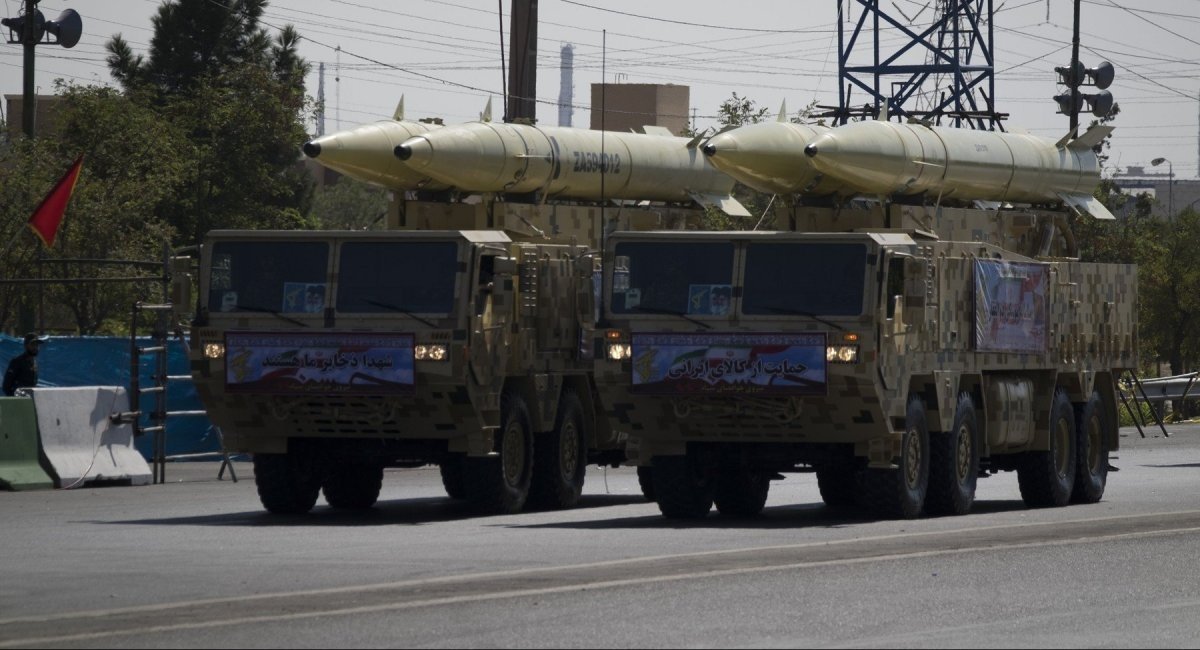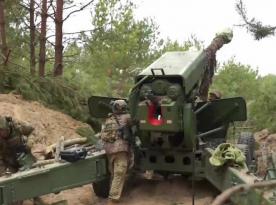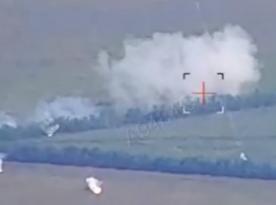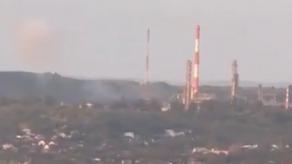Starting October 18th, 2023, the russian federation will be able to "legally" buy missiles from iran because Resolution 2231 on Iran Nuclear Issue, introduced in 2015, expires. The mentioned resolution imposed sanctions as part of the measures against the iranian nuclear weapons program.
The Institute for the Study of War notes that it was the reason why russian defense minister Sergei Shoigu had a trip to Tehran last week. Furthermore, he was shown the new Fattah "hypersonic" ballistic missile during this visit.
Read more: Ukraine Achieved a Record Number of Shahed Drone Takedowns, While the Occupiers Relocated Some of the Ships Armed With Kalibr Missiles to Feodosia

Although the main issue is related to Fateh-110 and Zolfaghar missiles. The potential supplies of these weapons have been discussed for almost a year now. In autumn 2022, intelligence services reported talks between Moscow and Tehran on these ballistic missiles specifically, and that these weapons might arrive in November already.
As of now, russia has not bought any missiles from iran, yet, President of Ukraine Volodymyr Zelenskyi stated during the joint press conference with NATO Secretary Jens Stoltenberg in Kyiv today, on September 28th.
On the part of Defense Express, even though the negotiations between russia and iran failed last year, Tehran still could have piled up the missiles to sell them eventually. If the ISW prognosis is correct, then supplies come in large volumes due to the pile.
Speaking of the missiles and their capabilities, it is estimated that Fateh-110 in the last, fourth version has a maximum range of 300 km (185 miles) and has a 650-kg warhead. Then, Zolfaghar is a further development of the previous missile, it has a range of 700 km (435 miles) with a 580-kg warhead.
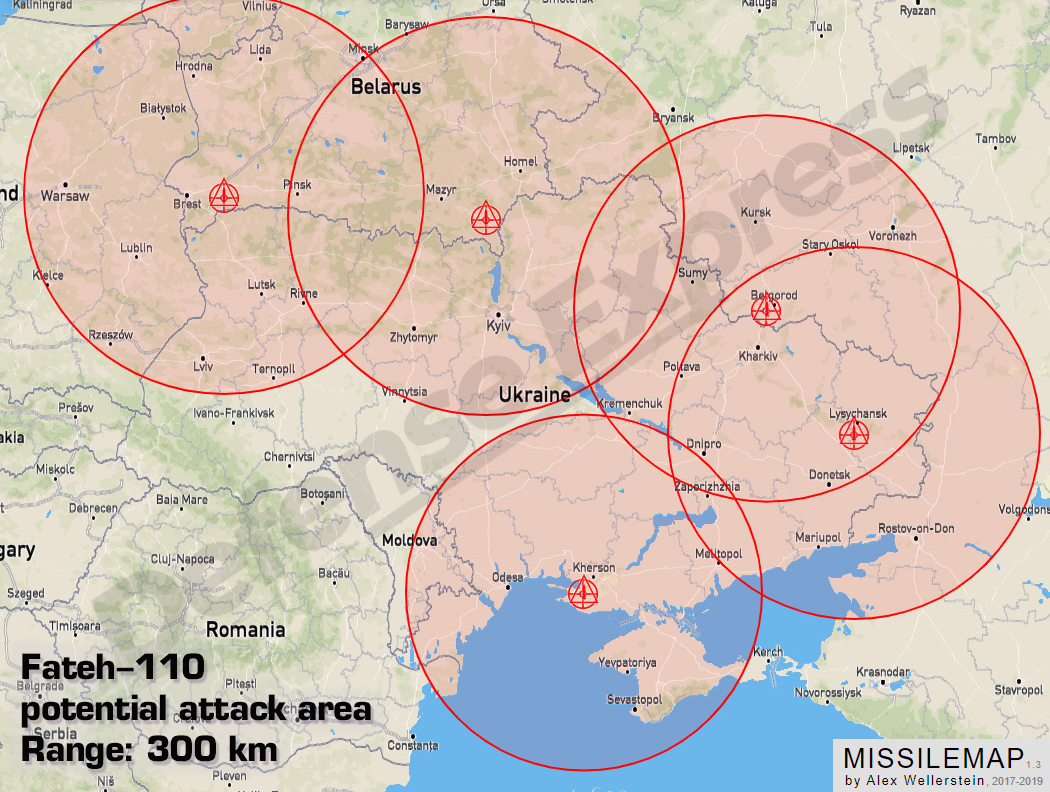
The accuracy probably is the last thing Moscow is interested in. Most likely, this parameter is not good enough to launch "pinpoint" strikes which means it will be fired on big cities for the sake of psychological impact.
The main problem in repelling these missiles is their ballistic trajectory. Only a handful of air defense systems can take them down. In Ukraine, only SAMP/T and Patriot PAC 3 have the necessary anti-missile capability, and there are only a few of them available to the Ukrainian forces. Not to mention the vast territory they need to protect.
We should also take into account the time required for the missile to approach, it would be 300 to 350 seconds for a launch from 300 km away.
In the end, there is still a question remaining, whether the UN Security Council is able to extend or even tighten the sanctions against iran for supplying Shahed drones to russia. In that regard, there is still the right of veto available not just to russia but to China, too. There are also doubts if any UN decision actually can make the Kremlin think twice anyway.
Read more: How Patriot Works When Intercepting Ballistic Targets




